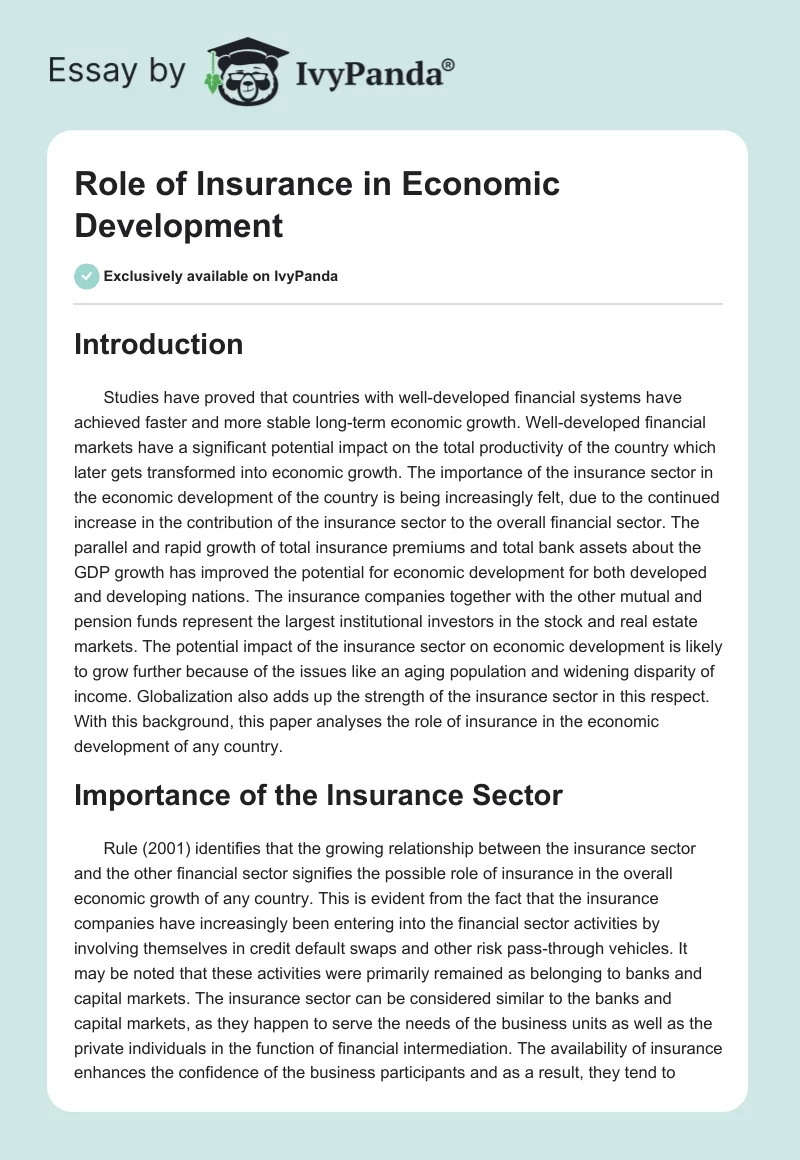The Pacific Prime Ideas
The Pacific Prime Ideas
Blog Article
Some Ideas on Pacific Prime You Need To Know
Table of ContentsPacific Prime Fundamentals ExplainedPacific Prime Can Be Fun For AnyoneUnknown Facts About Pacific PrimePacific Prime Can Be Fun For Everyone
In most states, the insurance firm is needed to send you a duplicate of the changes to your plan. It is necessary that you check out Recommendations or Bikers so you recognize how your plan has altered and if the policy is still sufficient to satisfy your needs. To acquire a duplicate of your insurance plan, please contact your insurance coverage representative or business.
The Institute of Medication (IOM) Board on the Effects of Uninsurance launches an extensive assessment of proof that addresses the value of health and wellness insurance protection with the publication of this report. Protection Issues is the first in a collection of 6 records that will be provided over the next 2 years documenting the fact and effects of having an approximated 40 million people in the United States without wellness insurance coverage.

The Ultimate Guide To Pacific Prime
The goal of this series of studies is to redouble policy interest on a longstanding trouble. Adhering to the longest economic growth in American history, in 1999, an estimated one out of every six Americans32 million grownups under the age of 65 and greater than 10 million childrenremains without insurance (Mills, 2000).

10 percent of the population make up 70 percent of wellness treatment expenses, a relationship that has actually stayed consistent over the previous 3 decades (Berk and Monheit, 2001) - group insurance plans. Thus medical insurance proceeds to serve the function of spreading out threat also as it increasingly funds routine care. From the perspective of health and wellness treatment companies, insurance brought by their individuals helps protect an earnings stream, and neighborhoods take advantage of monetarily viable and steady healthcare specialists and institutions
Federal government provides medical insurance to populations whom the personal market might not serve successfully, such as handicapped and senior persons, and populations whose access to health treatment is socially valued, such as kids and expectant ladies. The utmost ends of health insurance coverage for the specific and areas, consisting of workplace communities of employees and employers, are improved health results and lifestyle.
The Of Pacific Prime
Workers place medical insurance first without a doubt in significance among all the advantages offered in the work environment (Salisbury, 2001). There have been large read more financial investments of individual and public funds to offer health insurance, several people still have no insurance coverage. Regardless of comprehensive reporting of survey searchings for and healthcare research study results, the public continues to be baffled and mistaken regarding Americans without health and wellness insurance policy and the ramifications of lacking coverage.

Without inquiry, the complexity of American healthcare financing mechanisms and the wealth of resources of information include in the general public's confusion and skepticism about medical insurance data and their analysis. This record and those that will follow goal to distill and offer in conveniently reasonable terms the considerable research study that births on questions of medical insurance protection and its value.
Fifty-seven percent of Americans questioned in 1999 believed that those without medical insurance are "able to obtain the treatment they need from physicians and medical facilities" (Blendon et al., 1999, p. 207). In 1993, when nationwide attention was focused on the problems of the uninsured and on pending health and wellness treatment legislation, just 43 percent of those polled held this belief (Blendon et al., 1999).

They also obtain fewer precautionary solutions and are less most likely to have regular look after chronic conditions such as high blood pressure and diabetic issues. Persistent illness can cause expensive and disabling difficulties if they are not well managed (Lurie et al., 1984; Lurie et al., 1986; Ayanian et al., 2000). One national study asked even more than 3,400 adults regarding 15 very major or somber conditions.
Things about Pacific Prime
Additional evidence exists later on in this chapter in the conversation of insurance policy and access to healthcare. https://young-nemophila-a7b.notion.site/Pacific-Prime-Your-Partner-for-Comprehensive-Insurance-Solutions-7ea95e6a0f4e46d6a51631c55774899a?pvs=25. Individuals without health insurance policy are young and healthy and choose to do without insurance coverage. Almost half (43 percent) of those surveyed in 2000 believed that people without medical insurance are a lot more likely to have illness than people with insurance policy
Voters and plan manufacturers in focus team discussions identify those without insurance as youngsters who have the chance to be covered and feel they do not require it (Doorperson Novelli, 2001). Contrasted to those with at least some exclusive protection, the without insurance are less most likely to report remaining in exceptional or excellent wellness (Agency for Health Care Research and Quality, 2001).
RESOURCE: Center for Expense and Funding Studies, Company for Medical Care Research and High quality, based upon MEPS data. Young person in between 19 and 34 are even more most likely to do not have wellness insurance coverage than any type of various other age team. This is chiefly because they are less commonly qualified for employment-based insurance policy due to the nature of their job or their short tenure in it.
The understanding that individuals without insurance policy have better-than-average wellness follows from puzzling the fairly young age account of the without insurance with the better health, usually, of younger persons. This obscures the link between health status and medical insurance. For those without access to work environment health and wellness insurance policy, inadequate health is a potential barrier to purchasing nongroup protection since such coverage may be highly priced, leave out preexisting problems, or be merely inaccessible.
Report this page